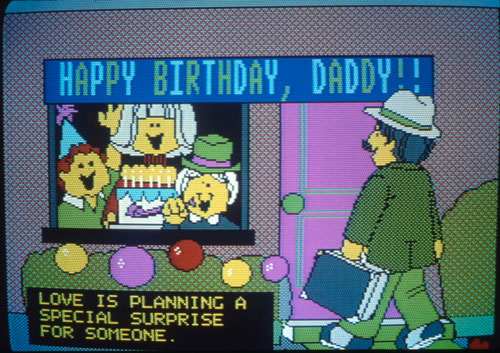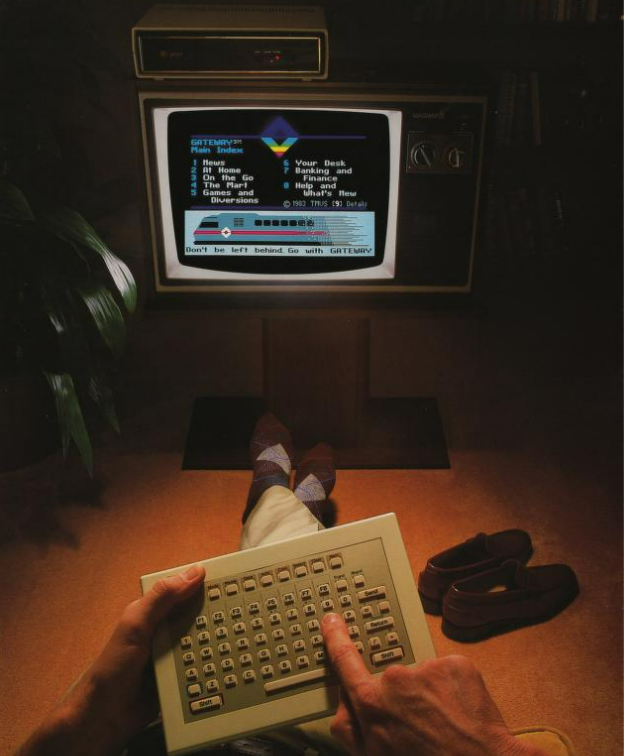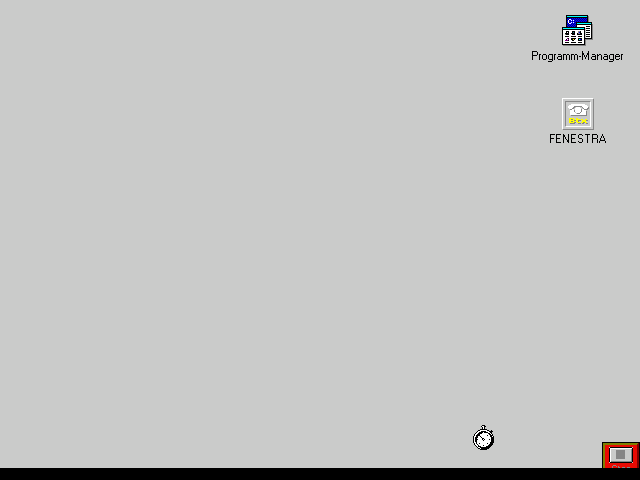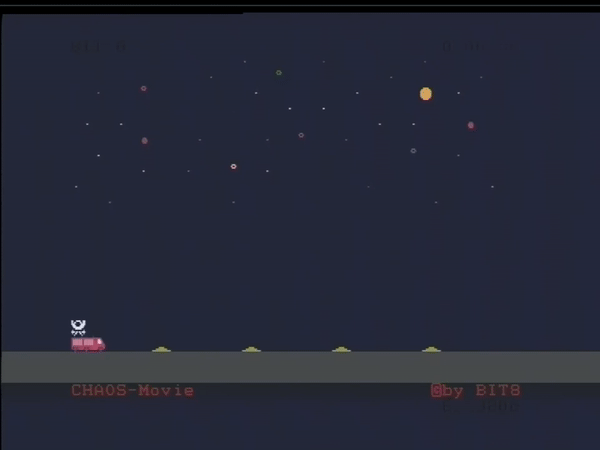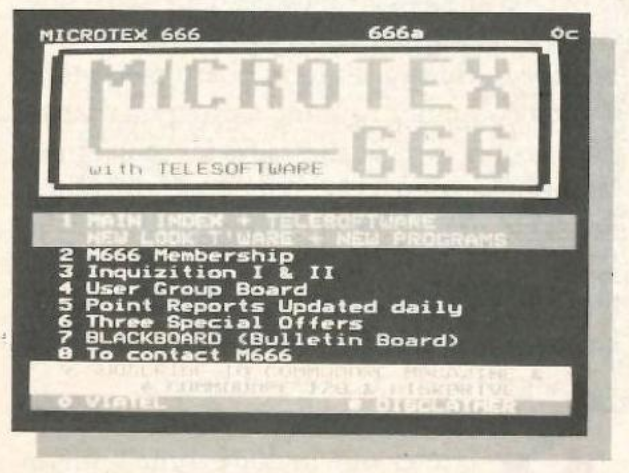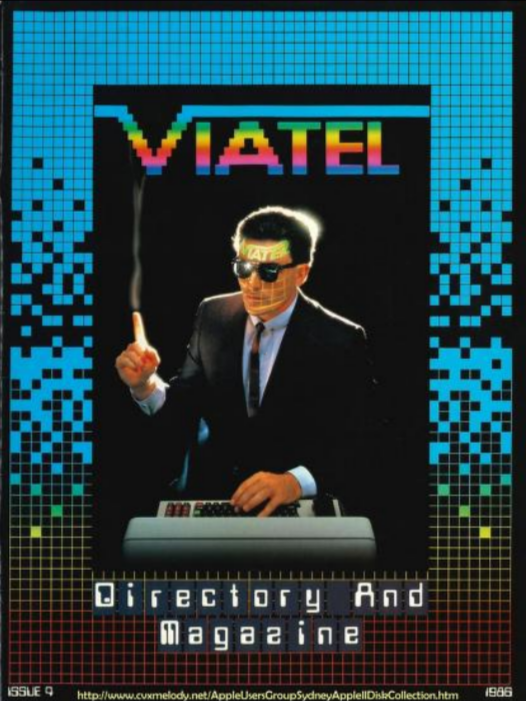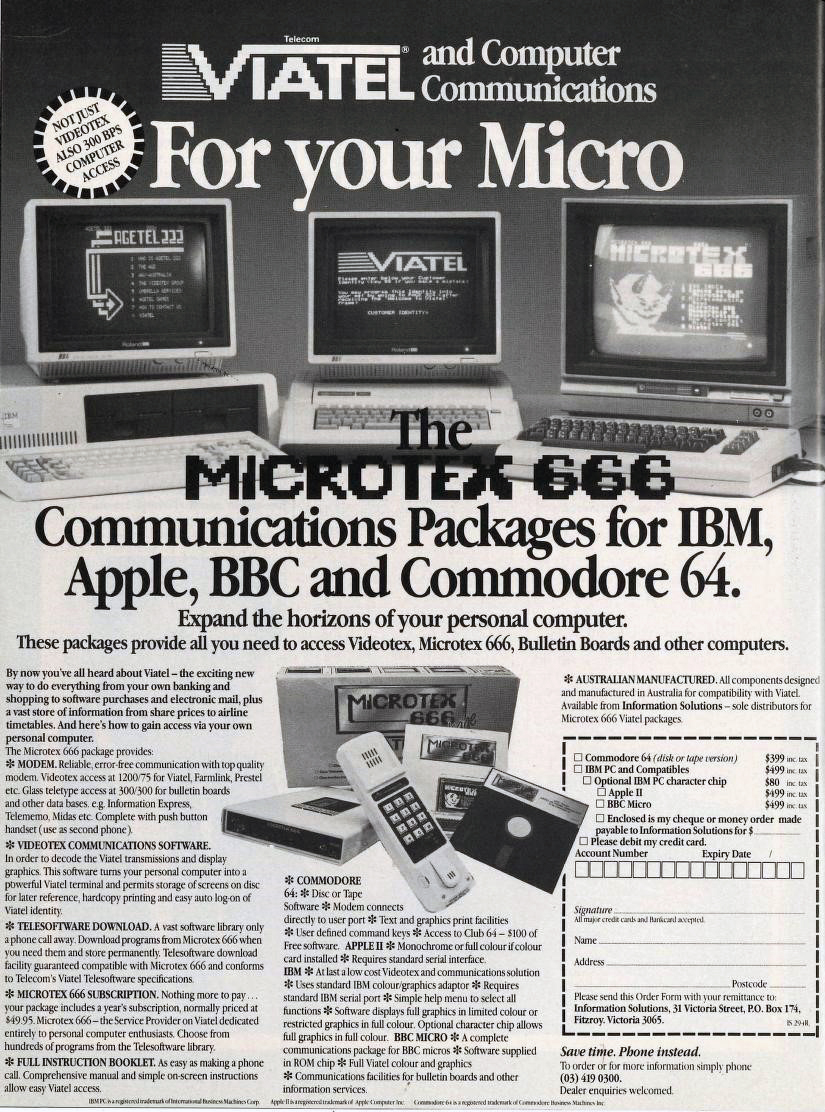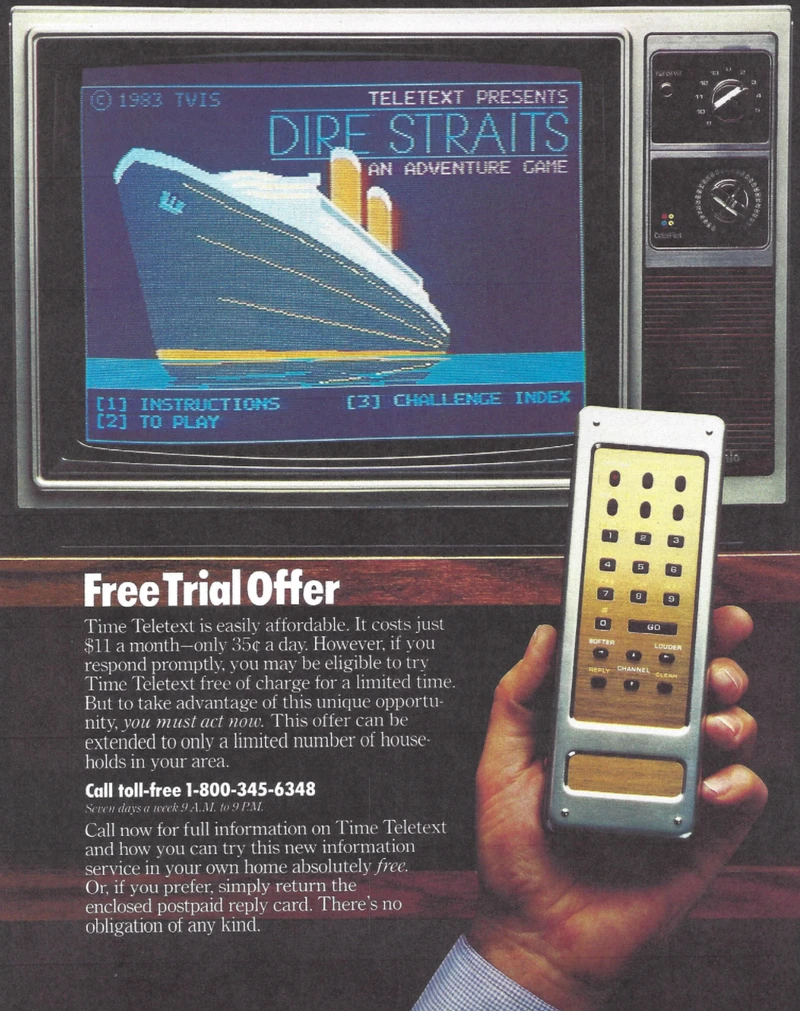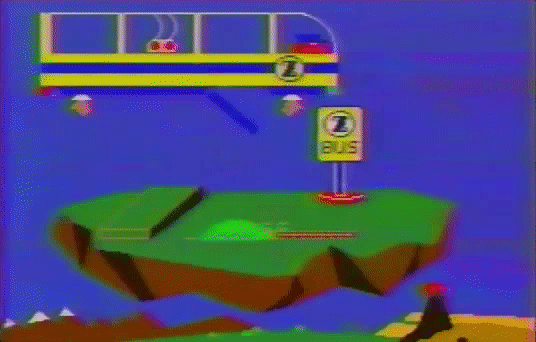


Picture Prestel was an experimental feature of the videotex service Prestel. It was demonstrated in 1980, while Prestel was already struggling to attract users. Meanwhile, videotex inventions with better graphics started to emerge. Telidon and NAPLPS had vector graphics, Minitel had better textmode graphics, and CAPTAIN had photographics.
Picture Prestel was never really meant to be implemented, at least not until the end of the 80s.

